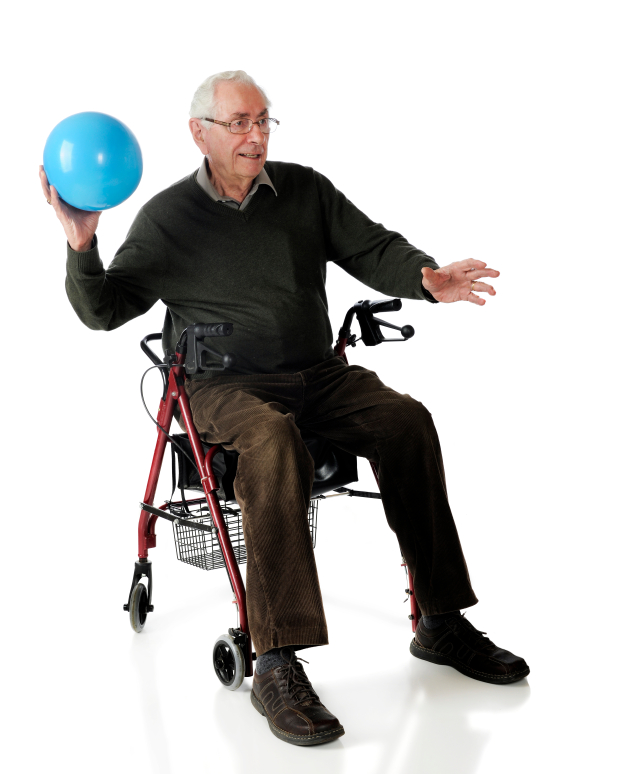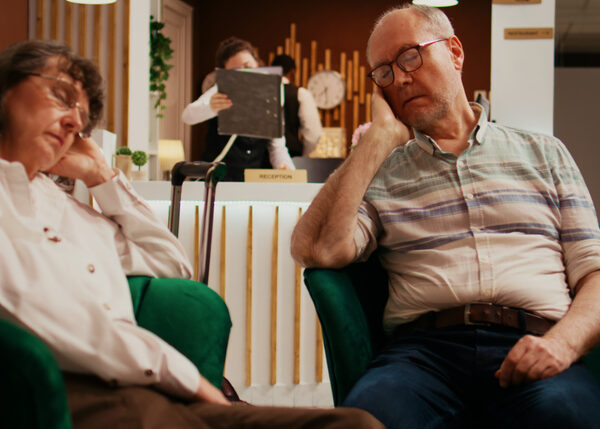In the days following discharge from hospital or rehabilitative care, stroke survivors can be overwhelmed by the trauma of the event and disheartened by the often frustrating recovery process. But recovery is possible and most stroke survivors go on to lead full and meaningful lives, according to the Canadian Heart and Stroke Foundation.
Recovery will depend on the severity of the stroke, health before the stroke and which body functions may be affected. Stroke occurs when the blood supply to a part of the brain is cut off and if blood flow is blocked for more than a few hours, the part of the brain affected may be permanently damaged.
Stroke is the leading cause of adult disability worldwide however, nearly 80 per cent of all strokes are preventable. By seeking medical attention immediately if a stroke is suspected, the long-term effects can be minimized and death prevented.
With rehabilitation and the support of family, friends and a health care team, survivors can relearn how to make the best possible use of their bodies. The Canadian Partnership for Stroke Recovery has an online tool StrokeEngine which can help guide survivors and family through recovery with personal stories and links to resources specific to different types of stroke and symptoms. Follow the link: http://www.strokengine.ca/living-with-stroke/ to learn more.
No two stokes are exactly the same and therefore every recovery is different but research is helping find ways to provide better outcomes for stroke patients. Survivors should be encouraged to talk with other stroke patients for both emotional and practical support. Keeping up up social contacts is important to avoid isolation and depression. Survivors or caregivers may want to try keeping a journal of improvements over time and use them to help set new goals. Talk with your rehabilitation team about the recovery process and what you can expect in terms of future function.
Left Brain Stroke – Possible effects
- weakness or paralysis on the right side of the body
- trouble reading, talking, thinking or doing math
- slow, cautious behavior
- trouble learning or remembering new information
- needs help finishing tasks, repeated instructions and feedback
Right Brain Stoke – Possible Effects
- weakness or paralysis on the left side of the body
- vision problems
- difficulty judging depth and direction (up, down, front or back)
- problems understanding maps
- short-term memory loss
- left side “neglect” forgetting objects or even people your left side (sometimes your own arm or leg)
- judgement difficulties, acting impulsively or not recognizing limitations
Source: Canadian Heart and Stroke Foundation
Although uncommon, strokes in the stem of the brain can result in problems with basic functions such as breathing and regulating the heart or body temperature, as well as problems with balance, vision, chewing, swallowing and speaking. Weakness or paralysis of the arms and legs on both sides of the body may be possible.
Caregivers may commonly expect physical challenges associated with stroke including paralysis, seizures, muscle tightness and stiffness as well as fatigue. But survivors may also be faced with possible communication challenges and emotional and behavioral changes due not only to the effect of a stoke on outlook and mood, but also chemical changes caused by brain injury.
The risk of having another stroke increases after the first and it is important to follow doctors’ instructions for medication management, nutrition, physical activity and controlling high blood pressure or atrial fibrillation.
For more information about stoke recovery including daily living, behaviour, emotions, perception, communication, physical changes and for a directory of stroke community resources and services, visit the Heart and Stroke Foundation website at: http://www.heartandstroke.com/site/c.ikIQLcMWJtE/b.3483945/k.A2C7/Stroke_Recovery.htm .






Add Your Voice
0 Comments
Join the Discussion